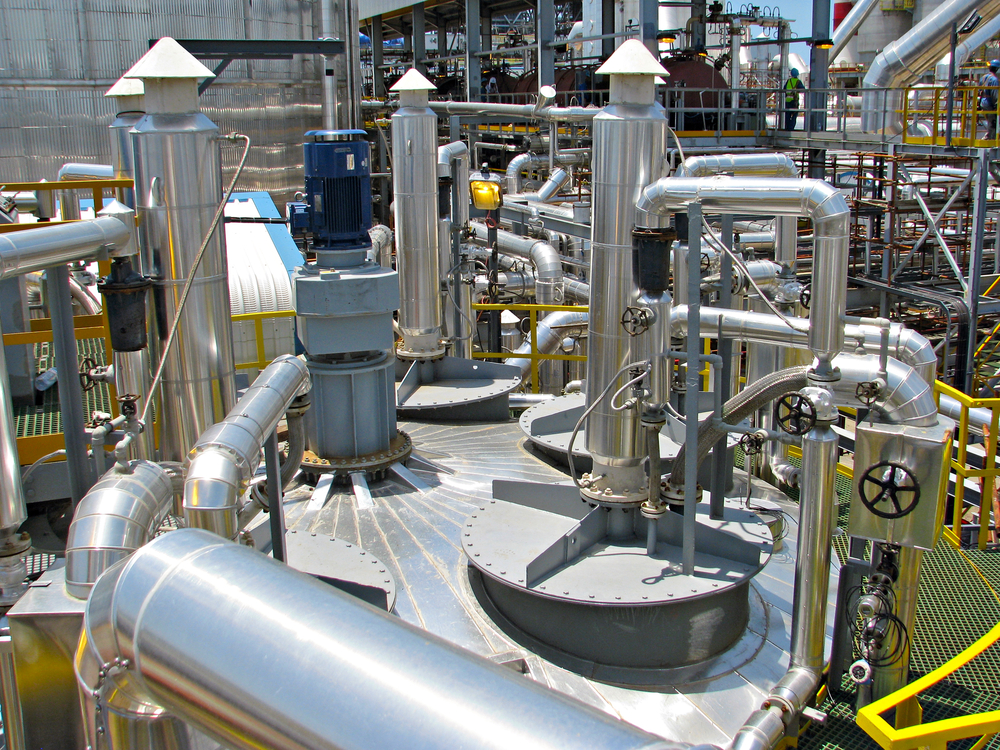
Decades Later Contamination Persists at Michigan Superfund Site
Four decades since the Michigan Chemical Corp. plant disaster, one of the biggest agricultural catastrophes in U.S. history, the contamination at the site is still persistent and includes heavy air pollution.
Four decades since the Michigan Chemical Corp. plant disaster, one of the biggest agricultural catastrophes in U.S. history, the contamination at the site is still persistent and includes heavy air pollution, according to the latest research from Indiana University School of Public & Environmental Affairs (SPEA) published in Environmental Science & Technology. Research findings have implications for other Superfund sites.
In the first-of-its-kind study of the Michigan Superfund site, the researchers investigated the current atmospheric levels of the chemicals produced by the plant from 1936-1978. In 43 tree bark samples collected in the St. Louis area, the researchers found that levels of PBBs (polybrominated biphenyl), DDT (pesticide) and HBB (hexabromobenzene) in samples within 10km of the Michigan Superfund site are 1−2 orders of magnitude higher than at sites located more than 10km from the site.
“These are the first published air quality results around this site,” says Amina Salamova, Research Scientist at SPEA. “So far, the Environmental Protection Agency focused on the remediation of soil, sediment, and water in the site and only monitored air quality during remediation in 2000; however, that data was not made public. We recommend that air monitoring through tree bark analysis around the Michigan and other Superfund sites to be continued throughout the remediation process as it provides an inexpensive method for examining air quality.”
Through a mislabeling accident in 1973, the Michigan Chemical Corp. switched two of its products: PBBs, which were intended to be used as a flame retardant in plastics, and magnesium oxide, which was intended to be used as a nutritional additive for dairy cow feed. The result was the widespread PBB contamination of dairy cows in the lower peninsula of Michigan. The public was widely exposed to PBBs by the consumption of milk from these cows, and dairy farmers and their families were exposed by the consumption of contaminated cow meat. Eventually, over 30,000 livestock, 1,600,000 poultry, and thousands of pounds of eggs, milk, butter, cheese, and dairy feed had to be destroyed.
As of 2006, the EPA spent nearly $100 million on sediment cleanup of the adjacent Pine River, and they expect to spend up to $350 million to reach their cleanup goal, which makes this site one of the costliest Superfund sites in the U.S. history.